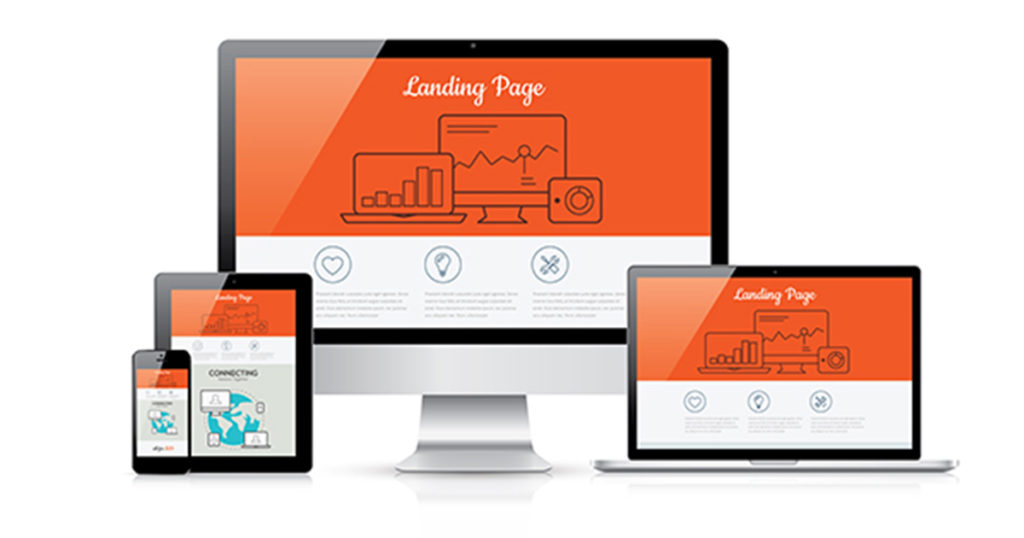Optimize Website for Email List Building
List building and lead management have become a hot topic, one that can seem decisive within the marketing community. A rising tide lifts all ships, but the opposite is also true, and this is the dilemma that we encounter as marketing professionals.
Marketing best practices lift the industry and the ROI of our clients, but what happens when everyone doesn’t follow the rules? Can a handful of unscrupulous actors ruin it for everyone?
I don’t believe so, but it does make our job harder. Email marketing is one of the most used and universal strategies employed by marketing professionals around the world and therefore we have seen an increase in regulations as the world moves to digital options.
The implementation of regulations was kicked off in 2018 by the passing of the GDPR – General Data Protection Regulation – and has since seen multiple additions, including CAN-SPAM and CCPA. The aim of these regulations, at a high level, is to protect user data and security. Something, I think, we can all get on board for, although it does make our jobs a little bit harder.
One main transition we saw with these implementations is the protection of email addresses and restrictions around the communications used. This is where the term opt-in was brought to the forefront. Required opt-in states that any email used for marketing products or services requires consent. This is most often done by utilizing forms for opt-in.
What does this mean for modern-day marketing? It means that list building activities should be a priority for your marketing team and that the content you produce should provide insight and value to your audience. There are a number of ways to start building out your lists, including:
- Landing Pages
- Content
- Social Media
- Blogging
Below, we will highlight each of the above items and provide you with insight on how to utilize them for list-building activities.
Landing pages
 Every landing page that you create should have a specific and actionable goal. For the sake of this article, that is going to be around form submissions.
Every landing page that you create should have a specific and actionable goal. For the sake of this article, that is going to be around form submissions.
Creating a landing page with the sole purpose of users submitting their email address is an easier task than it may seem. The page’s content should be persuasive, leaving the reader wanting more information in the form of a download that requires an email submission to be redirected to the download or received via their inbox.
Providing the user with enough information to get them wanting more is an age-old tactic that still ranks as valid in modern marketing. If you feel like this is playing the “switcheroo” game, don’t – be upfront and honest about what you are providing your audience in all of the marketing communications that lead to that specific page. This is not a new methodology for today’s consumers. They are aware of gated content and are willing to provide their information for high-value content.
Optimizing your own website is vital. Your website is your storefront. When a user is on your website, the product or service has already piqued their curiosity, and it is the best time to take advantage of that curiosity with a chance to get the latest news from your company.
There are several methods to request an email address:
- Create a sign-up box on the home page. The home page is usually the first page prospects will land on, giving you an opportunity to ask for an email to offer them more content.
- Create a smart bar. This is a “sticky navigation” bar that essentially floats on the page (either at the top, bottom or margin) throughout the user’s scroll on the page.
- Create a popup. A popup screen with an email submission bar with a call-to-action (CTA) is a best practice as it usually requires action to dismiss the popup to view the page.
Your website may ask readers to submit an email address to get even more content known as gated content – an exclusive access to members-only kind of value.
Content that pulls in the emails
 Once you have created the pages and downloaded the apps to have email submissions, you will need the content that drives people to want to submit their email to you.
Once you have created the pages and downloaded the apps to have email submissions, you will need the content that drives people to want to submit their email to you.
Content that drives people to submit emails is usually directed to some sort of sale, offer or exclusivity. Free trial offers are always the way to go if you have a product or service that can be immediately available. Online services usually function that way, offering a free trial membership and offer a sales pitch later on or a discount for continuing the service. This also gives you access to their email for a long-term marketing strategy.
Quid pro quo is a method in which you need to apply all of the content. If someone gives an email, they must get some sort of value out of it.
- Free-trial offers
- Discounts
- Freebies
- Gated content
- Subscribe for content
- Membership access
Social media
 In a world where content is king, social media is the most widely used tool to fulfill delivery.
In a world where content is king, social media is the most widely used tool to fulfill delivery.
Use social media to drive traffic to landing pages and websites for email submission. Promotion of discounts, freebies or gated content is easy to use and at your disposal whenever you feel the need.
You can also use polls and surveys on social media, which allow for an email to be submitted in the responses.
Again, use the quid pro quo mentality. Give to get.
You can also direct people to your email signups by putting them into your cover images on social media, LinkedIn bio as well as tabs on your business’ Facebook page.
Blogs
Blogging should be a part of your content marketing strategies. Having blogs specifically for members or subscribers is a great method of developing your email list as well. Every blog should be addressing a need of your prospects. A gated piece of content should have a little more specificity and offer even more value to your prospect.
Content should always be easy to share. Having a hyperlink to share a blog via email or socials will attract more traffic as well as optimization for search engines.
Every email marketing campaign or contact-driven marketing tactic must begin with the list you create. The best part about building a list is that these leads are now qualified leads who have already expressed interest in your business. You are able to track their interests and what they most want out of the information that you have available to them.
By gaining this information you are able to identify where they are at in the buyer’s journey and how to meet them where they are and dazzle them with your company. You’ll earn yourself a brand champion that all started with an email address.



